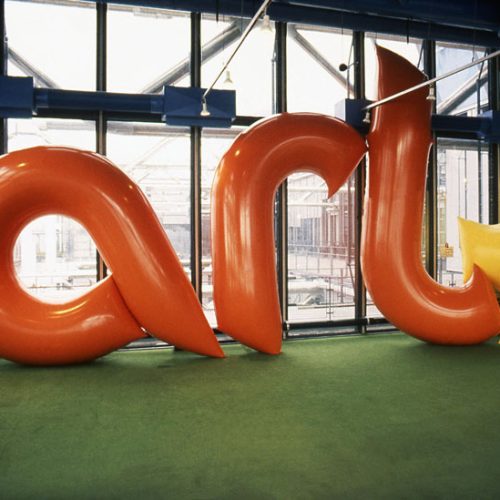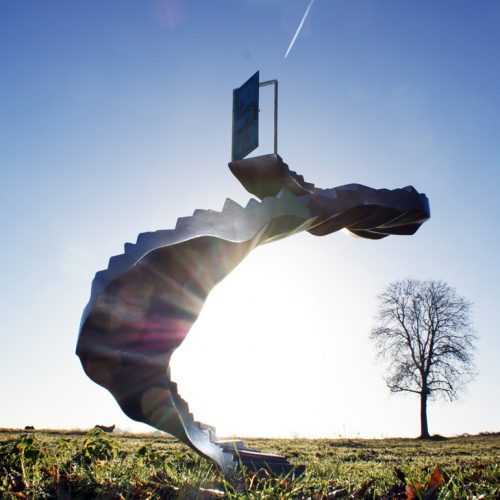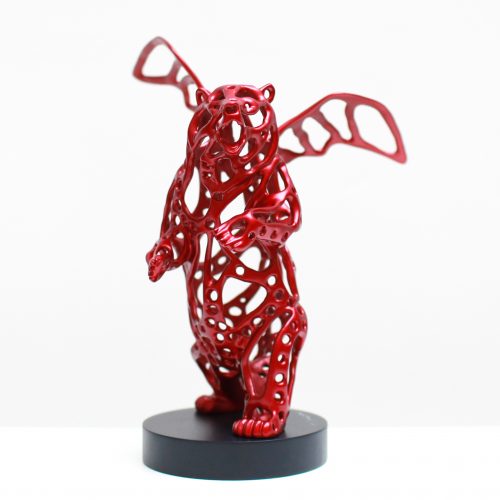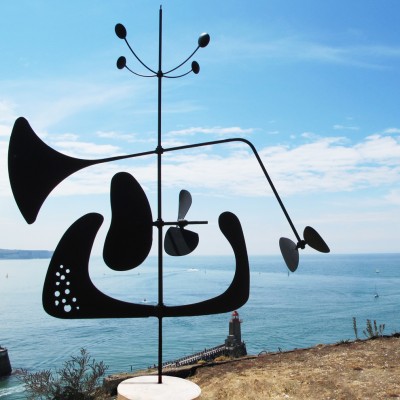Bernard Quentin
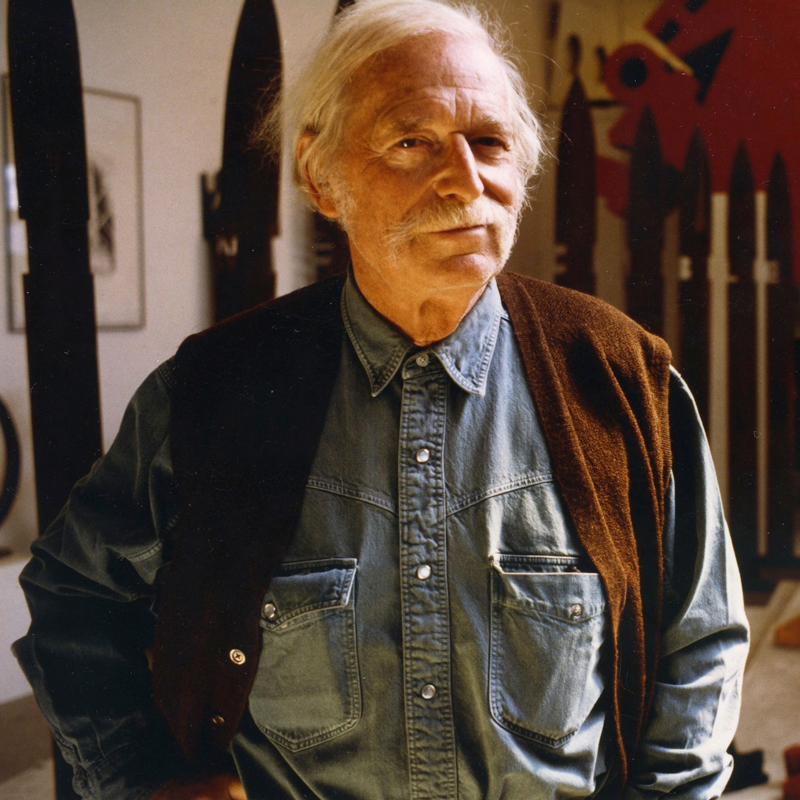
Art is a language, a unique form of expression that allows artists to experiment as well as for the public to have intense and new feelings. Amongst these artists that have in the 20th century known how to question the world, there is a man who, in his 96th year of age, has preserved his desire to explore and continues to work on these ways to communicate. BERNARD QUENTIN was born in 1923 in Flamicourt (Picardie, France). After the Second World War he starts to produce works that have writing as basis, assuming that the ideal form to unite people is language. During his relentless quest to conceive universal signs, he comes to make monumental pieces, but also starts using original materials or tries to establish a real “semiology” of art. Passed away in June 2020, he will have never stopped creating throughout his life, and his participation in Art for All proves once again his dedication to designing works for everyone.
Artworks
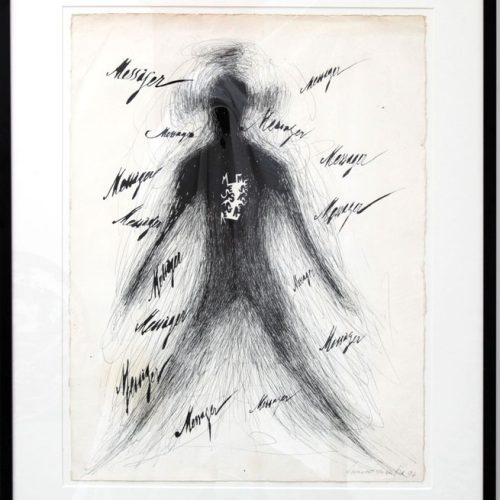 Messenger, 1994Bernard Quentin
Messenger, 1994Bernard Quentin
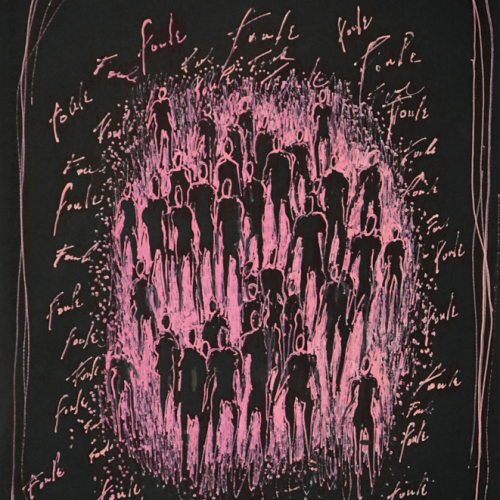 FOULE (SÉRIE DES MUTANTS), 1994Bernard Quentin
FOULE (SÉRIE DES MUTANTS), 1994Bernard Quentin
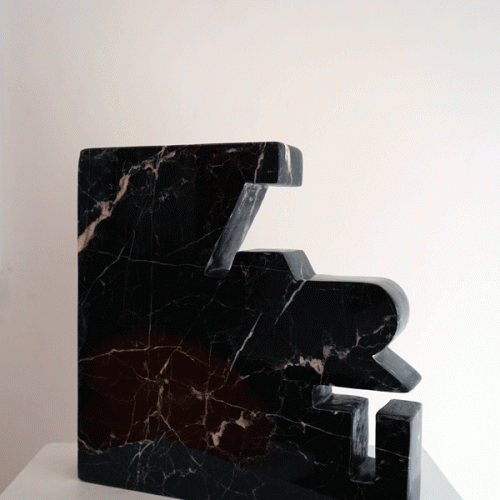 Art CubeBernard Quentin
Art CubeBernard Quentin
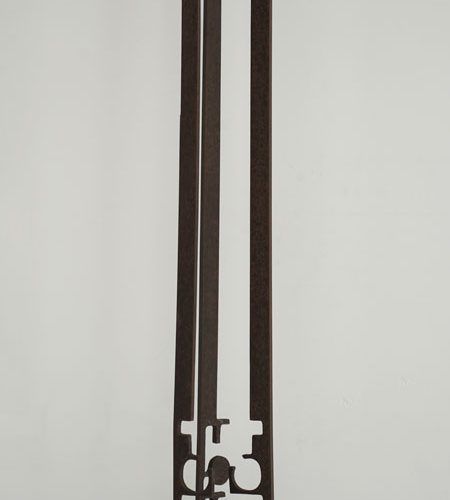 TOTEM, 1985Bernard Quentin
TOTEM, 1985Bernard Quentin
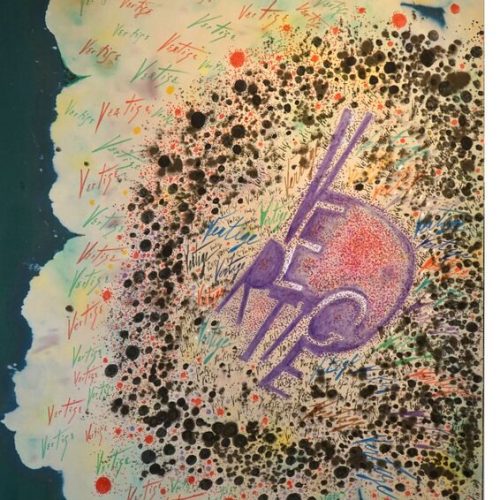 VERTIGE (VERTIGO), 1989Bernard Quentin
VERTIGE (VERTIGO), 1989Bernard Quentin
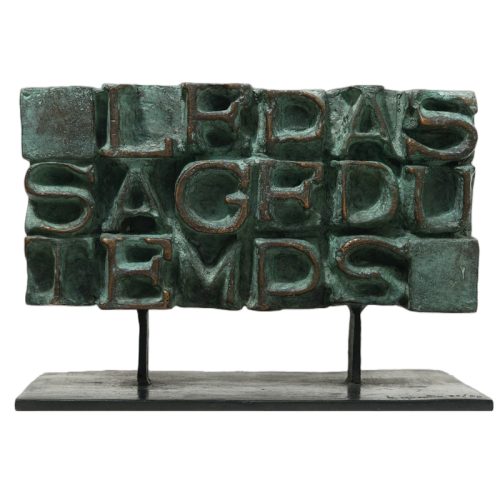 LE PASSAGE DU TEMPS (THE PASSAGE OF TIME), 1985Bernard Quentin
LE PASSAGE DU TEMPS (THE PASSAGE OF TIME), 1985Bernard Quentin
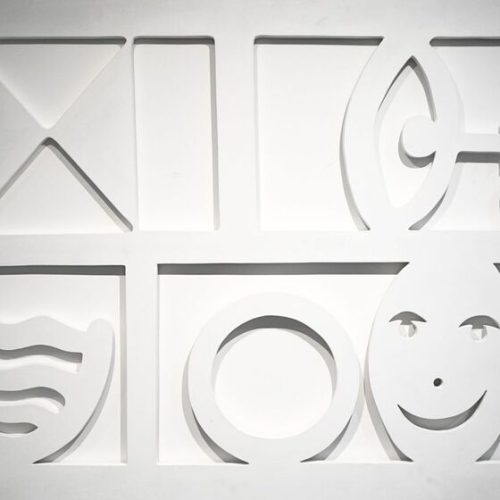 QUAND JE REGARDE LA MER JE SUIS HEUREUX (WHEN I LOOK AT THE SEA I AM HAPPY), 2015Bernard Quentin
QUAND JE REGARDE LA MER JE SUIS HEUREUX (WHEN I LOOK AT THE SEA I AM HAPPY), 2015Bernard Quentin
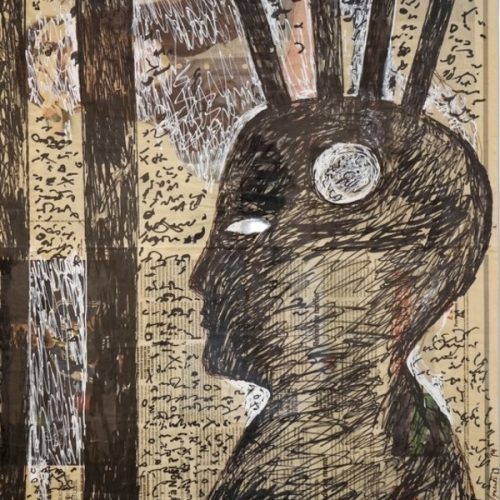 JE PENSE (I THINK), 2014Bernard Quentin
JE PENSE (I THINK), 2014Bernard Quentin
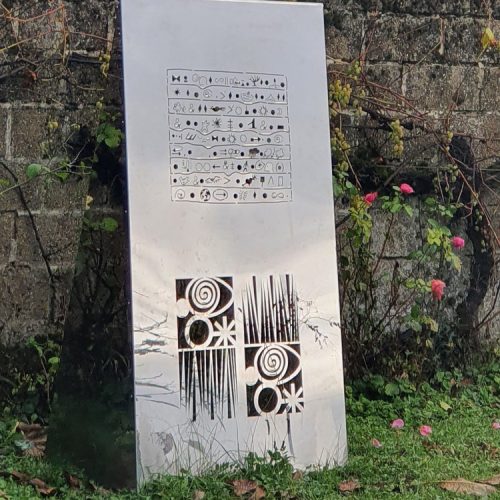 CATHÈDRE (TRIBUTE TO CONFUCIUS)Bernard Quentin
CATHÈDRE (TRIBUTE TO CONFUCIUS)Bernard Quentin
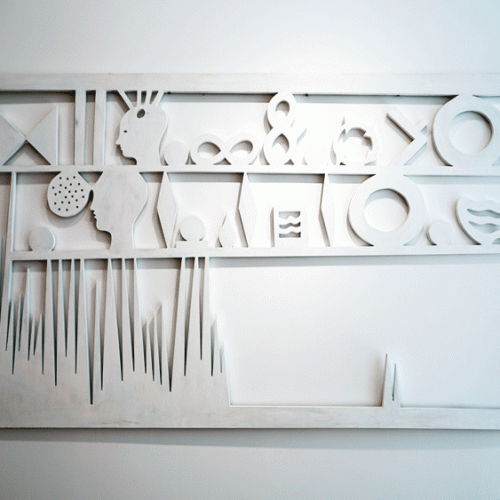 When we think of infinity and eternity, it’s like the dream of a drop of water to be the oceanBernard Quentin
When we think of infinity and eternity, it’s like the dream of a drop of water to be the oceanBernard Quentin
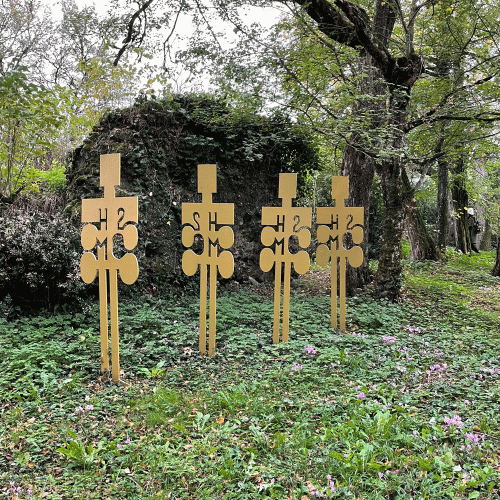 Homo 2000Bernard Quentin
Homo 2000Bernard Quentin
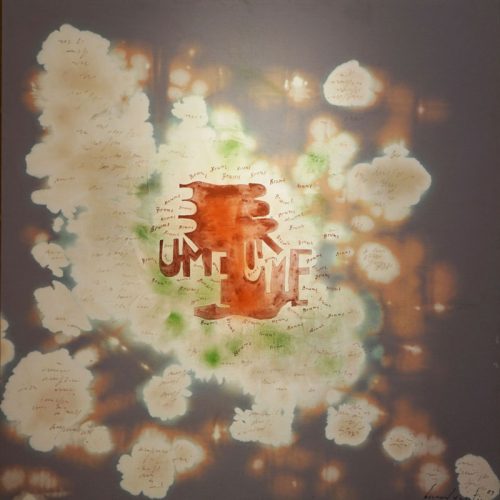 1989 BrumeBernard Quentin
1989 BrumeBernard Quentin
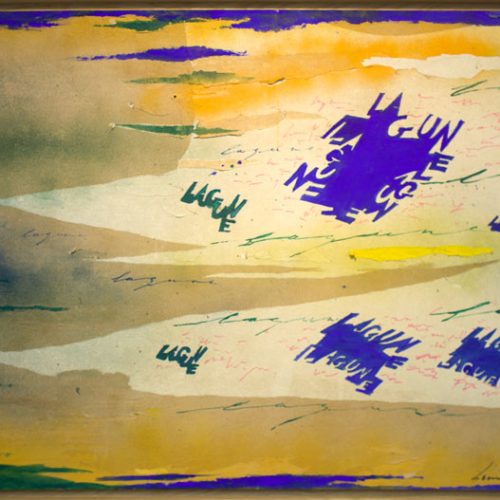 1990 LagoonBernard Quentin
1990 LagoonBernard Quentin
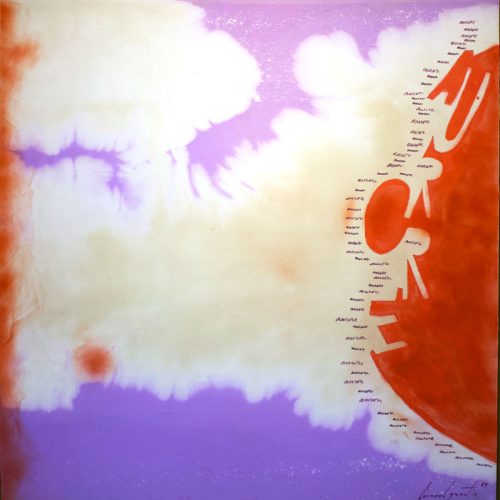 Aurora, 1989Bernard Quentin
Aurora, 1989Bernard Quentin
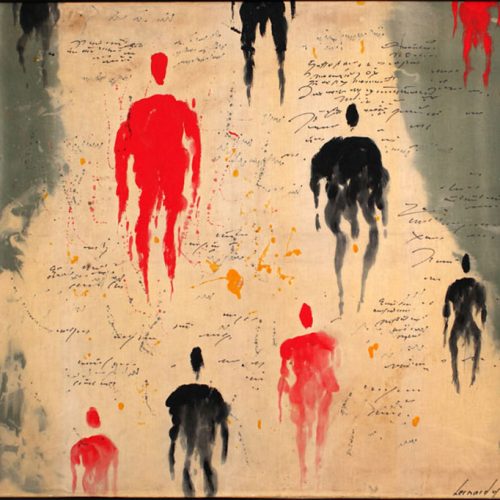 The crowdBernard Quentin
The crowdBernard Quentin
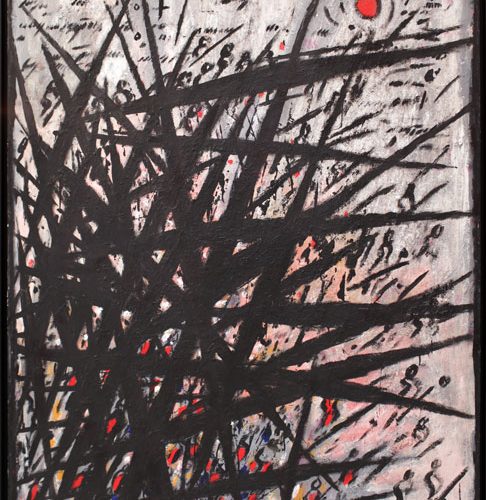 Red Sun, 1955Bernard Quentin
Red Sun, 1955Bernard Quentin
 Swamp, 1989Bernard Quentin
Swamp, 1989Bernard Quentin
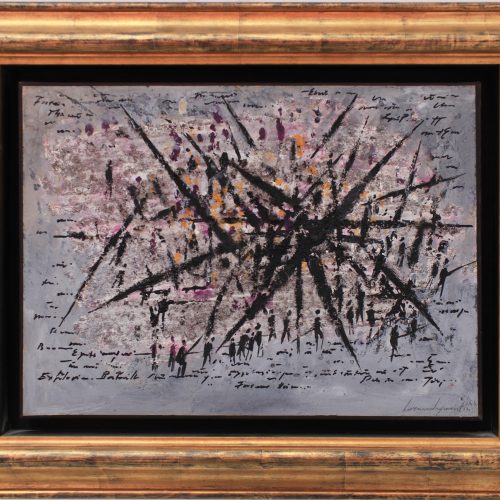 Bataille 1955Bernard Quentin
Bataille 1955Bernard Quentin
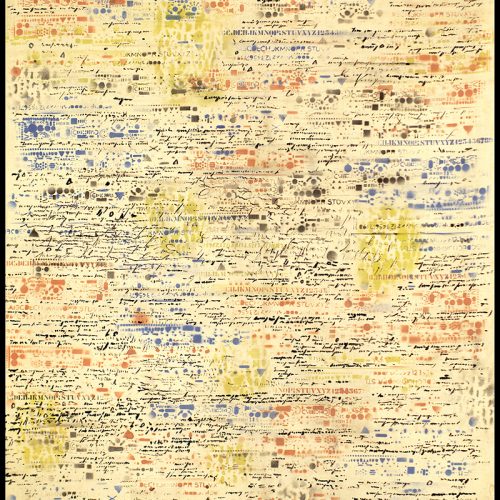 MilanoBernard Quentin
MilanoBernard Quentin
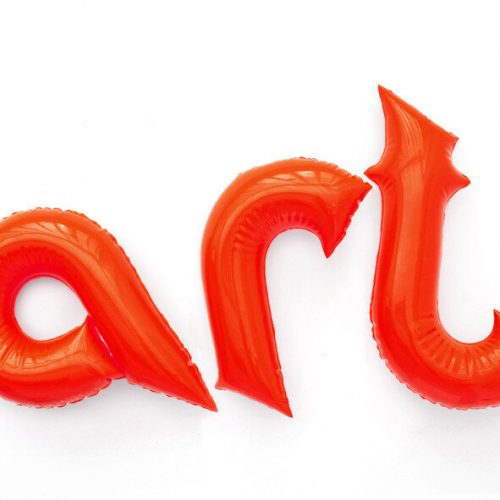 Art H.3MBernard Quentin
Art H.3MBernard Quentin
Store
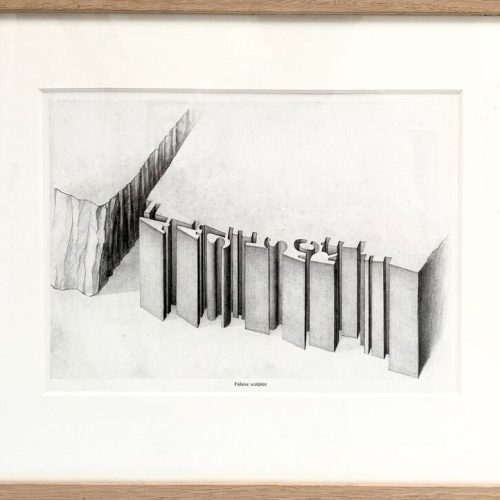 FALAISE SACRÉE (SACRED CLIFF), 1992Bernard Quentin
FALAISE SACRÉE (SACRED CLIFF), 1992Bernard Quentin
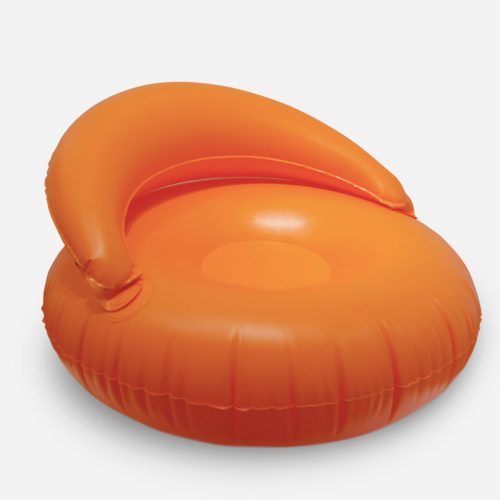 FAUTEUIL CROISSANT ORANGEBernard Quentin
FAUTEUIL CROISSANT ORANGEBernard Quentin
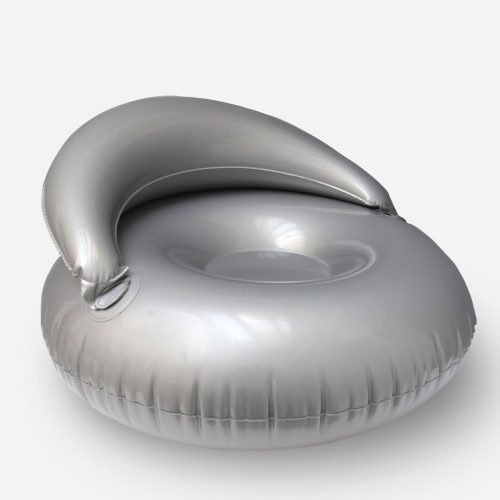 HALF-MOON ARMCHAIR SilverBernard Quentin
HALF-MOON ARMCHAIR SilverBernard Quentin
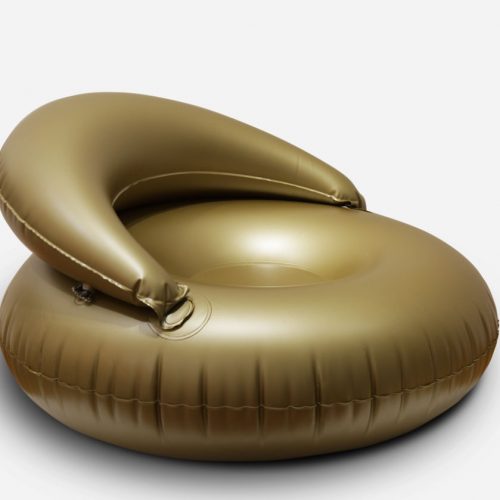 Half-moon Armchair GoldBernard Quentin
Half-moon Armchair GoldBernard Quentin
 MOLECULAR ARMCHAIR SilverBernard Quentin
MOLECULAR ARMCHAIR SilverBernard Quentin
 Molecular armchair OrangeBernard Quentin
Molecular armchair OrangeBernard Quentin
 Molecular armchair transparentBernard Quentin
Molecular armchair transparentBernard Quentin
 Molecular armchair GoldBernard Quentin
Molecular armchair GoldBernard Quentin
 Molecular armchair WhiteBernard Quentin
Molecular armchair WhiteBernard Quentin
 TERRE – GoldBernard Quentin
TERRE – GoldBernard Quentin
 TERRE – SilverBernard Quentin
TERRE – SilverBernard Quentin
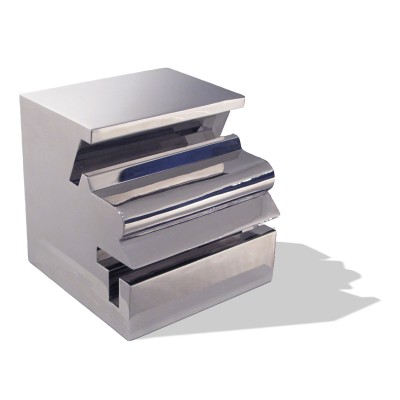 ART CUBEBernard Quentin
ART CUBEBernard Quentin
Exhibitions Gallery loft
Biography
Video • Portrait
EP1. Letters
EP2. cybernetic art
« Bernard Quentin, a semiotic art, a lightshouse towards the post-modern universality of tomorrow » Pierre Restany
Bernard Quentin was born in 1923. He settled in Paris in around 1950 to study painting, sculpture, and architecture at the National Superior University of Decorative Art and the National Superior University of Fine Art. Between 1942 and 1944, he was actively involved in the French Resistance within the “Maniple” network. In 1945, he became friends with Pablo Picasso when he was spending some time at the “House of French Thought” (Maison de la Pensée Française). This encounter and his discovery of Guernica will notably influence the abstract and expressionist writing of an unparalleled book dealing with the horrors of war and the death camps that he exhibited at the Under-Thirty Fair that year, before resuming his classes at the National Superior University of Fine Arts; the war had put a stop to them. He then established himself in the artistic milieu of the Saint-Germain-des-Prés district and frequented existentialist and surrealist groups such as the painters Wols and Camille Bryen as well as Isidore Isou, the theoretician of Lettrism. Quentin is also part of Boris Vian’s friend group alongside Jean-Paul Sartre, Maurice Merleau-Ponty, Anne-Marie Cazalis, and Juliette Gréco with whom he then lived in a room under the roof of Servandoni street. He exhibited his first ideograms-writings in 1945 on Gay-Lussac street and presented his first solo exhibition at the House of University in Paris, which toured to Zurich, Geneva, and Bern the following year. In Switzerland, he discovered poetic primitivism as well as oriental and African influences in many of Paul Klee’s works. He was so fascinated by cuneiform writing, Egyptian hieroglyphics, Scandinavian runes, and cave art that he then moved away from abstract expressionism to create new ideograms and centers his approach around the question of letters and signs.
After meeting the art dealer Aimé Maeght in Cannes in 1947, he took part in exhibitions with the group Dazzled hands, which brought together Joan Miró, Alberto Giacometti, Jean Signovert, Alexander Calder, and Antoni Tàpies, and became friends with Pierre Dmitrienko, François Arnal, and Serge Rezvani. His first research on the origins of language had led him to travel, particularly to the South of France and Italy. Quentin then headed for Nordic countries and went up and down Scandinavia and Lapland. Back in Europe, he returned to Switzerland, Germany, and Italy where he discovered the futuristic works of monumental automatic writing. In 1951, he developed the concept of an estate designed for artists alongside architect Le Corbusier in Sainte-Baume. The artists could build it themselves by drawing inspiration from the animal kingdom. Quentin collaborated on various architectural projects intended to integrate poetry and color into the monumental scriptural environment using mosaics, stained glass windows, tapestries, and green spaces intended to add to urban polychromy. By 1954, he was on the road again and traveled to South America (Brazil and Peru), West Africa where he painted frescoes in Niamey and Bamako, and several capital cities of Eastern Europe (Warsaw, Moscow, Prague). He then returned to Paris where he exhibited some of his works at Galerie Stadler, Galerie Craven, and Iris Clert’s house. In 1957, his homage to Monet exhibited simultaneously at André Schoeller’s house and at Galerie Saint-Germain inspired this comment from Pierre Restany: “This is the moment when Quentin’s writing reaches its utmost dilution in cosmic space: air, water, light.” These years were particularly characterised by a gradual abandonment of tiny signs for a looser, more structured and gestural writing.
The 1960s marked a turning point. Words became the subject of painting, from which they would soon emancipate themselves. Bernard Quentin moved to Milan, where he became friends with Fontana, who professed spatialism, an expanded art freed from the restrictions imposed by a canvas. He met Yves Klein, Spoerri, and Arman, and carried out his first research with Olivetti’s oscilloscopes and computers. As a pioneering artist, he used the Bic pen during his automatic writing sessions and experimented with electronic writing as well. He believed that the tools of visual communication would soon put an end to painting altogether. Salvador Dalí referred to him as “the pioneer of cybernetic art and electronic writing.” In an excerpt from the 1968 special program focused on different forms of expression of avant-garde groups (broadcast on ORTF and entitled “16 Millions of Young People”), a journalist asked Bernard Quentin if he had abandoned classical painting and sculpture. The artist’s response was not ambiguous:
“Yes. I think painting is over. Classical sculpture, that is to say bronze, marble or plaster, is completely finished. It no longer corresponds to any means of expression of the 20th century. It perhaps corresponded to the vision of the world that we would have had during the Renaissance and throughout the 19th century, when we thought that Man was at the center of the universe and that the artist could, in his studio, look at his navel and distribute masterpieces for a small elite. The artist’s vision has already changed; it is no longer an individual vision in which the artist sees himself at the center of the world. I think the artist has to go inside the factory and try, through his worldview, to perhaps modify or create things on an industrial scale.”
His plastic research beyond the classical forms of painting and sculpture of the early 1960s coincided with his newfound passion for air and pneumatic sculpture. He produced totemic statues and his first inflatable sculptures, including “The Cybules” and “The Venus of Chicago,” which would be seen as monumental works of art in landscapes foreshadowing Land Art.
In 1963, he exhibited a pulsating inflatable sculpture with programmed breathing, “Cybule III,” at the World’s Fair in New York City, and made friends with Liechtenstein and Warhol. He also became the first designer to create 100% inflatable seats (in particular, his crescent chair created for the French department store Printemps), which were presented in 1963 at Iris Clert’s gallery in Paris in an exhibition with futuristic ambition (“The Show of the Year 2104”). He returned to Italy to produce other metal structures in welded PVC, which he exhibited in 1966 at the “Ball Room” of the Waldorf Astoria in Central Park in New York City, in Paris at Gunther Sachs’ studio in Neuilly, and at the Blow-Up in Milan. Moreover, he produced a series of art pieces that went up for sale in the United States and Japan and were sold by the Adamoli group in Milan that same year.
“My sculptures can simulate life because I can manage to make them evolve, breathe, throb, and shudder through some programming. I can even get them to change their mood if I want to. They can have their regulation. (…) Since I can’t represent reality as I see it, I am trying, precisely through the second degree by palpitations, tremors, to figure out reality by all this tactile side, all the intimate rhythms, the great cosmic rhythms themselves, and the whole mystery of biology” (interview for “the avant-garde,” 1968.)
In 1997, he co-founded the ART+ collective alongside Jesus Rafael Soto, Jean Messagier, Jean-Pierre Raynaud, Pierre Restany, and Serge Rezvani. The collective aimed to extend art to the environment through monumental additions. He developed his “art language” (project BABEL 62 renamed “QuentinBabelweb” in 1998), a language based on universal graphic signs that are understandable for all. “The discovery of a universal language was necessary, and to achieve that goal, symbols that are understandable for all had to be invented. However, the meaning of symbols may differ from one continent to another. This is why I used symbols that can be used by everyone, creating a universal side. I based it on Kufic and Zen calligraphy, where each artist adds something in addition to the meaning.” In Bernard Quentin’s universal language, the color of the signs situates their grammar: blue for nouns, green for adjectives, red for verbs, orange for articles and pronouns. His writing system, designed to unite mankind, consists of three thousand signs that can mean anything and everything. Graffiti, stenography, hieroglyphics, pictograms, optical fibers, and electronic letters form a veritable “semiotic art.”
Video • Portrait Bernard Quentin
EP1. Letter
EP2. Cybernetic art
Career
2023
Being and letters, Retrospective exhibition, Galerie Loft, Paris
2021-22
Aerodream, Centre Pompidou-Metz, Cité de l'architecture et du Patrimoine, Paris
2020
"The siege revolts", exhibition at the Museum of the city of Saint-Quentin-en-Yvelines, February 5 to July 25, SQY
2019
Edition of a "Molecular armchair" (design 1966) unpublished in collaboration, Gallery LOFT
2015
The symbolism of a humanist spirituality for post-modern art, exhibition, Librairie-galerie du jour Agnès B., 44, rue Quincampoix, Paris, April-May
2014
Bernard Quentin - Recent works: paintings, drawings, sculptures, Center for plastic arts of the port vaults, Royan, July-September
Art Fair Paris, Grand Palais, Paris, George Condo, Piero Crommelynck, KeithHaring, Enoc Perez, Bernard Quentin, Guillaume Zuili, Stand Galerie Catherine Houard
ST-ART, contemporary art fair de Strasbourg, abstract avant-garde of the 1950s: Étienne Béothy, Huguette Arthur Bertrand, Jean Deyrolle, Oscar
Gauthier, Pierre Lemaire, Wladyslaw Lopuszniak, David Malkin, AlfredManessier, Bernard Quentin and Jean Villeri, Stand Galerie Arnoux
2013
La vie est belle, Gallery W (Éric Landau), Paris, May
Exhibition, Donjon de Jouy, Sancoins, August-September
2011
Exhibition, Gallery Catherine Houard, Paris, May-July
Sign language, graffiti and poetry, exhibition ,Gothic Hall, Saint-Émilion
2010
Mobi-Boom, the explosion of design in France - 1945-1975
Collective exhibition at the Museum of Decorative Arts, Paris
2009
Quentin - Babelweb, exhibition, Beijing World Art Museum (en), Beijing
2007
Writing at the heart of art, Retrospective, Museum of La Poste, Paris
2000
Giant metallic man project "HOMO 2000" in luminous optical fibers
(4 sides:Asia, Africa, America and Europe)
1999
Des êtres et des lettres, Exposition personnelle, Galerie Loft, Paris
1998
Resumption of the BABEL 62 project for Internet which will be called "Quentin-Babelweb", an art language for citizens of the world
1996
Gigantic monuments in concrete and cut steel, Agadir, Casablanca and Matera (Italy)
1995
Hiroshima Memorial Day, "Peace against war", Japanese ligraphies.
The largest interactive video game in the world on a 100m SONY screen2
1993
Vicence writes PALLADIO in anamorphosis on the mountain with a bulldozer
1992
Personal exhibitions at Galerie Arnoux, Paris, (January), Galerie B, Paris (April) and Villa Blanche, Paris ( May)
From Bonnard to Baselitz, ten years of enrichment of the Cabinet des estampes, Bibliothèque nationale de France
1990
Bernard Quentin - Sculptures and calligraphies, Maison de la culture of Amiens
1989
Maximal and Neo-monumental art, exhibition simultaneously presented, Michel Broomhead Gallery (road Seine), GalerieRambert (road beaux-arts) and Gallery Haïk (road Poitou), Paris, June
1986-87
Personal exhibition at Galerie Michel Broomhead, Paris
Antônio Bandeira (pt) and Bernard Quentin, traveling exhibition, Institution Paulo Figueiredo, São Paulo, 1986 and Galerie Bonino, Rio de Janeiro
1985
17 sculptures of 2m 30 allowing to read the word "ANAMORPHOSES", "ARTSDU XX", Paris Grand Palais1 984 Anamorphoses of the word "LIBERTE" along the Normandy highway and "NYMPHEAS" in homage to Monet near Giverny Writings in painting, Villa Arson, Nice
1983
"Rue-Poème", giant letters on the ground and on the walls, Paris and Marrakech
1978 / 82
Monuments in giant calligraphy for caravanserai on the road toMecca, Saudi Arabia,
1980
The word "PEACE" is written in 20 languages by 3,000 candle holders on the forecourt of the Center Pompidou, Paris
1978
Objects-poems, solo exhibition at the Galerie La Dérive, Paris
1977
Exhibition of words inflatable “ART”, Center Pompidou and FIAC, Paris
1975
The words “THE TIME” in giant inflatable letters will dance in the streets, Foundation of the ART + group, New York
1974
Chicago, to celebrate the bicentennial of the USA he produced a “VENUS”, the largest inflatable sculpture in the world 120m long and 26m high
Sit down- The various “seated” achievements of known and unknown architects on the 18th century period to the 1970s, Grenoble Museum
1969
Osaka70, design in inflatable structures for the French pavilion
1968
Created in Milan for "The Blow Club" an inflatable ceiling and walls with breathing programmed by music
1967
Universal Exhibition in Montreal, a fully inflatable environmenton the terrace of the French pavilion.
He writes the word "ART", in detached letters, inflatable in Senlis in a landscape
1964
First 100% inflatable structures, presented at the World Fair in New York
the "CROISSANT" armchair published (first 100% inflatable armchair in the world) for the Printemps department
1963
Stay in Italy and creates his first pneumatic structure , Pirelli, Milan
Personal exhibition,Gallery Iris Clert, Paris
1957
A mural for the French Pavilion of the Brussels Universal Exhibition, 40m long by 3m wide writing the word "FRANCE" in calligraphy letters and graffiti, Exhibition personal, Gallry Iris Clert, Paris
Fifty years of abstract painting, collective exhibition, Gallrey Creuze-Balzac, Paris
Tribute to Monet, Gallery André Schœller and Gallery Saint-Germain-des-Prés, collective exhibitions, Paris
1953
First assessment of current art, then Lyricism and abstraction, collective exhibitions at the Craven Gallery, Paris
1952
Collective exhibition Nouvelle École de Paris, Gallery Babylone, Paris
1950
Project of a City for Artists with Le Corbusier, "La Sainte Baume"
The dazzled hands, Personal exhibition, Gallery Aimé Maeght, Paris
Personal exhibition, Gallery Mai, Paris
1949
Exhibition, Gallery Mai, Paris
1947 / 1948
Exhibition at Maeght, his "stenograffiti" and connects the exhibitions where his scriptural art evolves becoming fuller and more gestural
1947
Takes part in the Salon of New Realities Nouvelles, Salon Comparaisons, Salon of Mai, Paris
1946
Collective exhibition, Gallery Luxembourg, Paris
1945
End of the war after participating in la Resistance Meets Picasso whose "Guernica" will strongly influence him. Produces a work translating the samehorror but translated into expressionist writing: "Les horreurs de la guerre" book of drawings and gouaches, presented at the "Salon des moins de 30 ans" House of the University of Paris, Art Students' Gallery, Place de laSorbonne (traveling exhibition in Zürich, Bern and Geneva in 1946)
1940
Studied at the National Superior Art Decoration School and National Superior Fine Art School in Paris
1923
Born in Flamicourt in Picardy.


